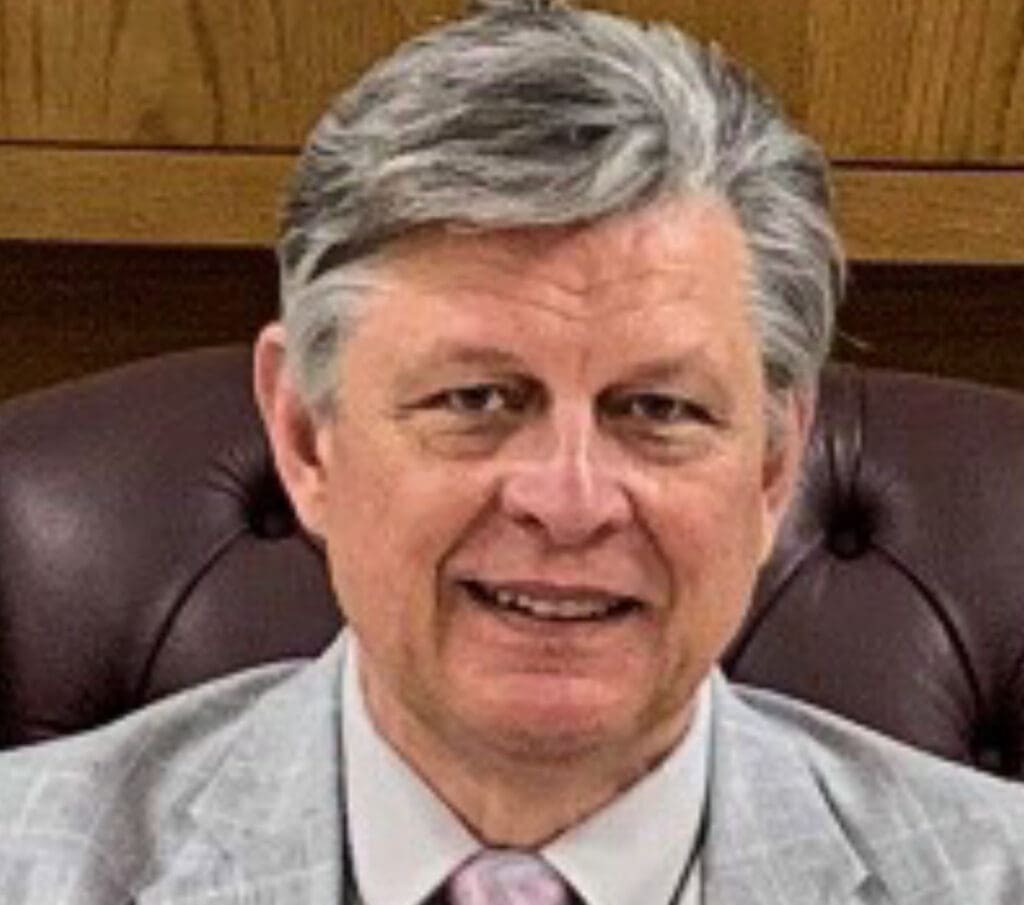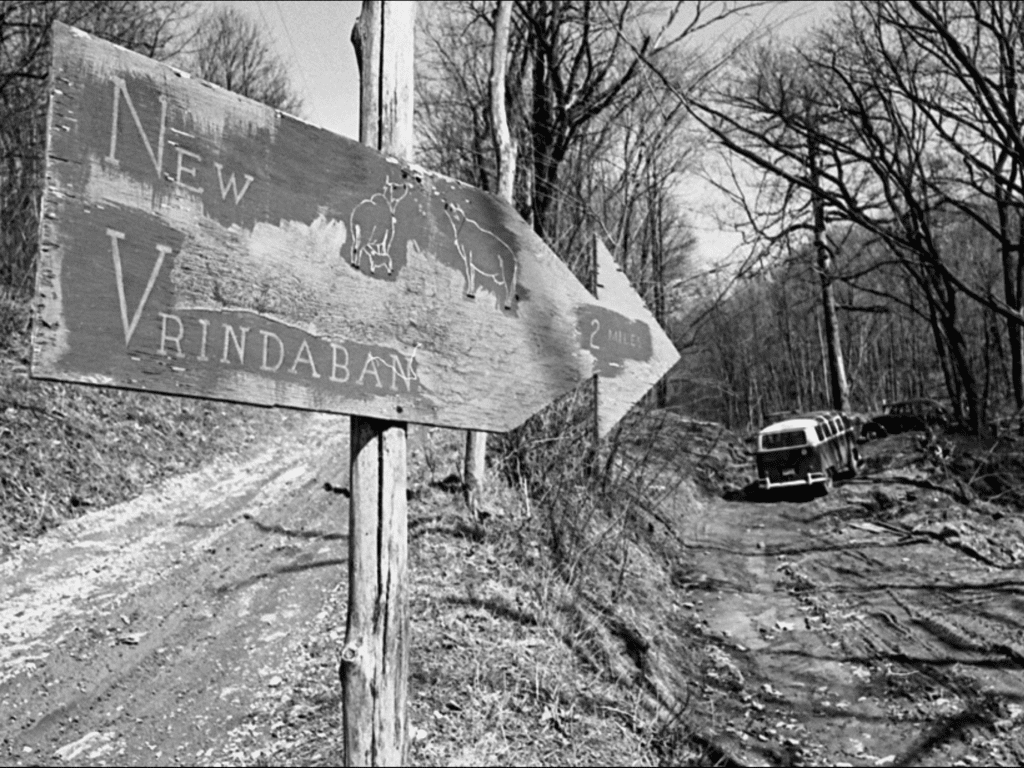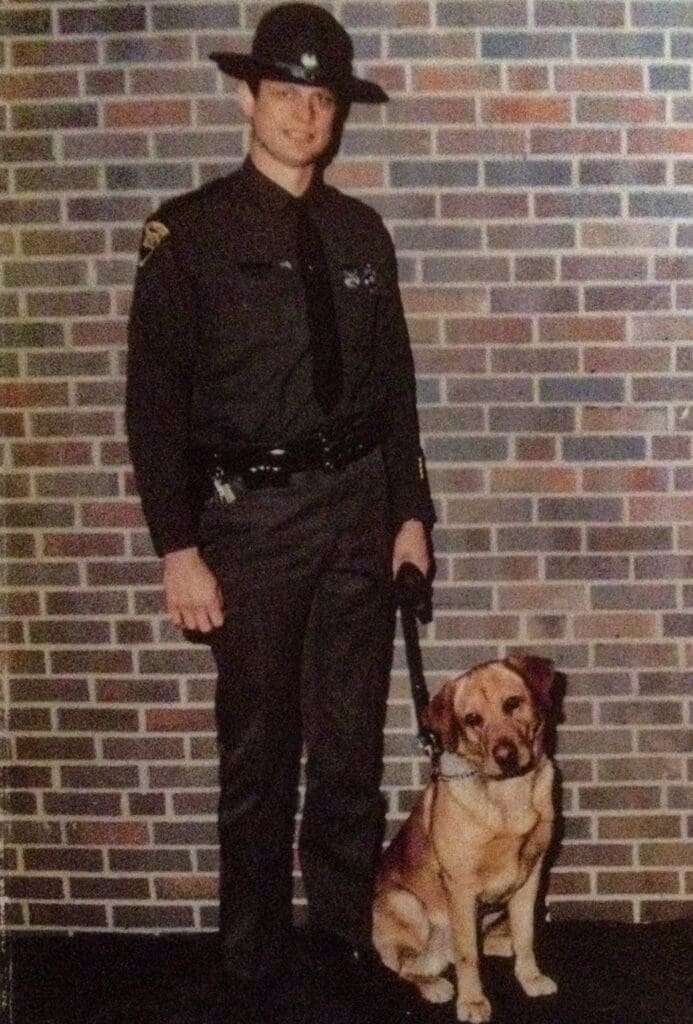
He was at the center of a number of criminal investigations when the darkest of clouds overshadowed the original intent of a Krishna commune in Marshall County 35 years ago, but Commissioner John Gruzinskas now is pleased the Palace of Gold has returned to be one of the most popular tourism attractions in the river region.
Before he was elected as one of three Marshall County commissioners, Gruzinskas was a West Virginia state trooper for 25 years and a two-term sheriff. It was during his career with the State Police when he responded to his first call from New Vrindaban near Limestone.
“Things didn’t go real well for them for a while after that first call, but look at them now,” he said. “It’s thriving again because they’ve been back to their original mission on that land after signing some gas deals. The Palace has been restored, the tourists are back, and the taxes are paid.
“They’re very mainstream again and there are several businesses that are operating up there,” said Gruzinskas, a native of District Heights, Md. “They’re members of the Chamber of Commerce, and the Palace is back on the Convention and Visitors Bureau website again. You have to give those folks a lot of credit because they fought back after all of the trouble. They could have gone away forever but they didn’t allow that to happen, and that’s great.”

The small community started in the 1960s as a 133-acre commune for Hare Krishna members worshipping an eastern religion based on Hinduism, but it quickly grew to more than 4,000 acres and 500 members by the 1980s. Once the Palace of Gold was completed by devotees in 1979, thousands of East Coast tourists flowed in and out of New Vrindaban on an annual basis.
A couple of decades later, however, the congregation’s corrupt leader was charged by the federal government and convicted in 1996 of racketeering and conspiracy to commit the murders of two men. The first killing, the 1983 murder of Charles Saint-Denis, was Gruzinskas’s introduction to New Vrindaban and Krishna Consciousness.
It started with a phone call.
“It was a missing person’s report, and it was a female who called. It was the wife of Charles Saint-Denis, and she told me she hadn’t seen for a few days,” he recalled. “I think she may have hired an airplane to look for him because of how rural that area was, and she told me that he had a pretty distinctive SUV that was one of the big ones for back then. We eventually found that vehicle in Bellaire and eventually got some people to start talking about what had happened.
“We learned that Saint-Denis was lured out to a little shack on the other side of the property and that it took a lot to kill the guy. He was shot, stabbed, and hit over and over with blunt objects because the two guys who were convicted buried him under a creek,” Gruzinskas reported. “Thomas Drescher was convicted of first-degree murder in that case, and Daniel Reed was jailed as his accomplice.”
It was Reid who, in 1987, helped authorities find the remains of Saint-Denis. He was discovered, according to Gruzinskas, wrapped in plastic approximately 18 inches beneath the flowing stream.
“I know investigators searched that particular area,” the commissioner said. “But I guess no one thought of looking for Saint-Denis under that creek.”

True Intentions
Marshall County’s Krishna campus is a pilgrimage site that features a public restaurant, the village of New Vrindaban, cottages, a rose garden, several temples, and of course, the Palace of Gold.
The construction of seven more temples is included in the plans for the village’s future.
That was not what Gruzinskas encountered when he began his investigation into the disappearance of Saint-Denis. After accepting the position with the State Police in 1978, the then-26-year-old rookie moved to an Upper Ohio Valley far more industrialized than it is today. New Vrindaban, however, was a construction zone with members building housing, roadways, a school, and the Palace itself.
“I was assigned a training officer when I first got here and his job was to get me as familiar with the area as quickly as possible, and New Vrindaban was one of the first places he took me,” Gruzinskas remembered. “At the time, of course, I had no idea how many times I would have to drive up there to that part of Marshall County, but it was a lot.
“Once I went there to ask around about Saint-Denis, the people became very unfriendly, and it degraded from there. There were people up there that got themselves mixed up in some really bad things,” he said. “But it got worse for them up there because someone did go missing because someone killed him, and then that murderer killed someone else and there were convictions for those crimes and a bunch more. It got worse for them than I ever thought it would but look at it now. The community is thriving and it’s great to see.”


